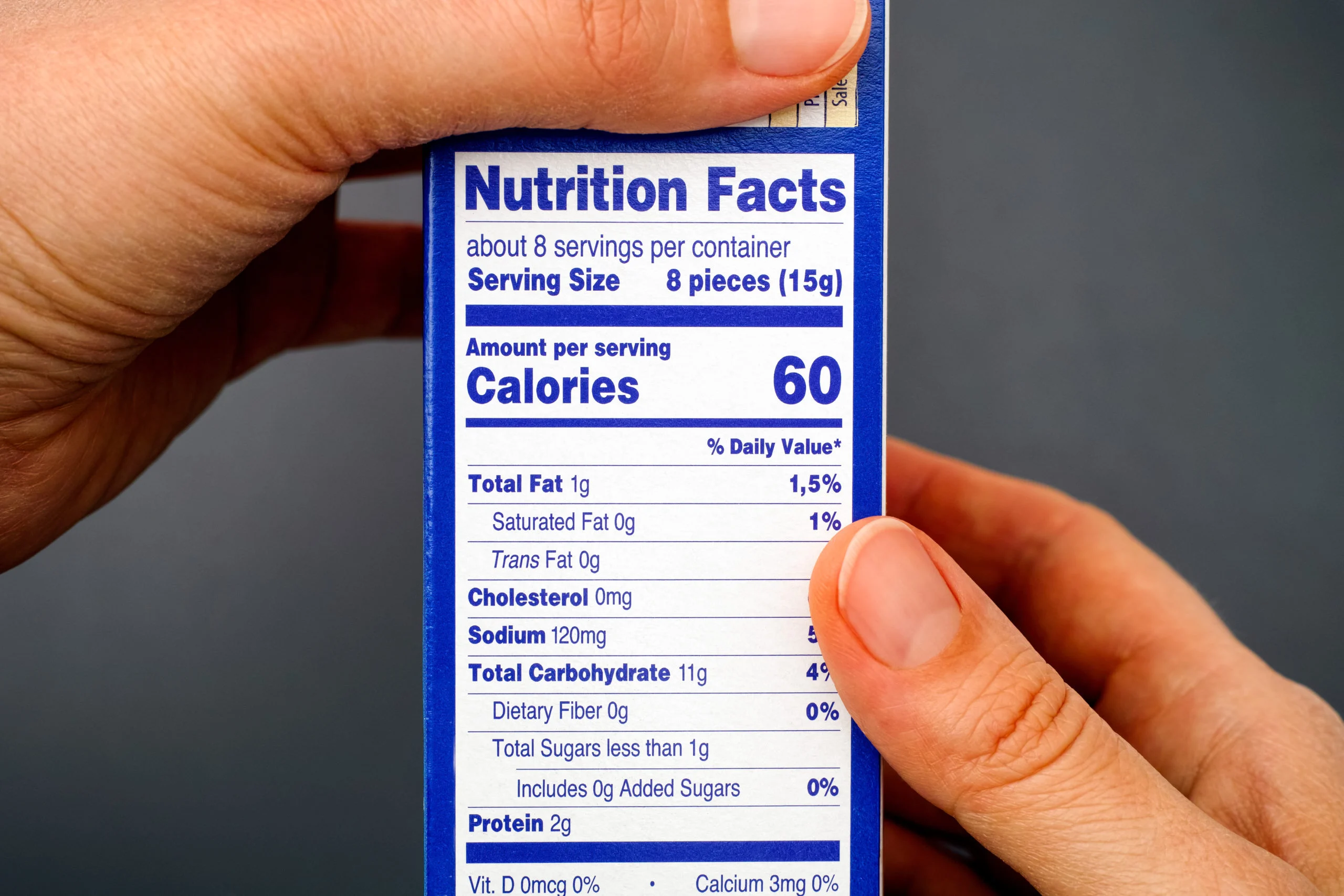High-Intensity Interval Training (HIIT) has exploded in popularity over the past decade, hailed as one of the most effective workouts for burning fat, building endurance, and improving overall fitness in less time. From fitness studios to mobile apps, HIIT has become a buzzword — but what does science really say about it?
In this comprehensive, science-backed guide, we’ll explore what HIIT is, how it affects your body, its benefits and risks, and whether it’s the right choice for your goals and fitness level. This article is designed to answer common questions about HIIT, present evidence from leading universities, and provide actionable tips for incorporating it safely into your lifestyle.
What Is HIIT?
High-Intensity Interval Training (HIIT) is a workout strategy that alternates between short bursts of intense activity and brief periods of rest or low-intensity exercise.
For example:
- 30 seconds of sprinting, followed by 30 seconds of walking, repeated for 15–20 minutes.
Unlike steady-state cardio (like jogging or cycling at a constant pace), HIIT challenges your cardiovascular and muscular systems by repeatedly pushing you close to your maximum effort.
Typical HIIT session:
- Duration: 15–30 minutes
- Intensity: 80–95% of maximum heart rate during work intervals
- Rest: 40–60% of maximum heart rate during recovery periods
This combination stimulates powerful metabolic, cardiovascular, and muscular adaptations — which is why HIIT is often touted as “maximum results in minimal time.”
The Science Behind HIIT
HIIT’s effectiveness lies in its ability to stress both the aerobic and anaerobic energy systems. Let’s break down how it works scientifically.
1. Metabolic Conditioning
During intense intervals, your body burns glycogen for quick energy. The short recovery periods prevent full recovery, forcing your body to adapt by improving energy efficiency and endurance.
2. Afterburn Effect (EPOC)
After HIIT, your body enters a state known as Excess Post-Exercise Oxygen Consumption (EPOC). This means your body continues to burn calories even after you finish working out — a phenomenon less pronounced in steady-state exercise.
A study from the University of New South Wales (Australia) found that participants performing 20-minute HIIT sessions burned 25–30% more fat over 12 weeks than those doing moderate-intensity cardio for 40 minutes.
3. Mitochondrial Growth
HIIT increases mitochondrial density — the “powerhouses” of cells — improving energy production and endurance.
Research from McMaster University in Canada revealed that 2 weeks of HIIT produced similar mitochondrial adaptations as 6–8 weeks of endurance training, demonstrating HIIT’s time efficiency.
4. Hormonal Response
HIIT triggers the release of growth hormone (GH) and norepinephrine, hormones that promote fat oxidation and muscle preservation.
In addition, it may enhance insulin sensitivity, helping regulate blood sugar levels — a benefit particularly relevant for people at risk of type 2 diabetes.
HIIT vs Traditional Cardio: What’s the Difference?
| Feature | HIIT | Steady-State Cardio |
|---|---|---|
| Duration | 15–30 minutes | 45–60 minutes |
| Intensity | Very high (80–95% max HR) | Moderate (60–75% max HR) |
| Calories Burned (During Workout) | Moderate | High |
| Calories Burned (After Workout) | Very high (EPOC effect) | Low |
| Muscle Preservation | Better | Moderate |
| Time Efficiency | Excellent | Average |
| Injury Risk | Moderate to High | Low |
| Ideal For | Fat loss, conditioning | Endurance, recovery days |
Both forms of exercise have their place. However, HIIT excels for busy individuals who want to maximize results in minimal time.
Scientifically Proven Benefits of HIIT
HIIT is more than just a fitness fad — it’s supported by substantial scientific evidence.
1. Accelerated Fat Loss
A meta-analysis from the British Journal of Sports Medicine (2021) concluded that HIIT participants lost 28.5% more body fat compared to those doing traditional moderate-intensity exercise.
2. Improved Cardiovascular Health
According to research from Norwegian University of Science and Technology, 4-minute HIIT intervals performed 3 times per week for 10 weeks improved heart efficiency (VO₂ max) by up to 15%, reducing cardiovascular risk factors.
3. Increased Insulin Sensitivity
A University of Turku (Finland) study found that just two weeks of HIIT improved insulin sensitivity in sedentary adults, reducing the risk of type 2 diabetes.
4. Enhanced Mental Health
HIIT releases endorphins and serotonin, which can reduce stress and anxiety.
A study published by the University of Texas at Austin showed that HIIT workouts led to significant improvements in mood, motivation, and cognitive function, especially in individuals with mild depression.
5. Improved Endurance and Muscle Tone
Because HIIT engages multiple muscle groups simultaneously, it enhances muscle endurance and tone without excessive muscle breakdown.
Potential Risks and Limitations of HIIT
Despite its benefits, HIIT isn’t for everyone — and improper execution can lead to fatigue or injury.
⚠️ Common Risks Include:
- Overtraining: HIIT places significant stress on joints and muscles.
- Injury Risk: Sudden explosive movements can cause strains if not properly warmed up.
- Heart Stress: Not ideal for individuals with heart conditions without medical clearance.
- Burnout: Overuse can lead to mental and physical fatigue.
🩺 Safety Tips:
- Start with 1–2 sessions per week, gradually increasing to 3.
- Warm up for at least 5–10 minutes before starting.
- Maintain proper form and technique.
- Allow 48 hours of rest between HIIT workouts.
- Consult a doctor if you have cardiovascular or metabolic conditions.
Scientific Insight:
A 2020 review from Harvard Medical School emphasized that HIIT’s effectiveness depends heavily on individual fitness level and recovery capacity. Beginners should avoid maximal intensity intervals and prioritize progressive overload.
How to Design a HIIT Workout (Step-by-Step)
Designing your own HIIT workout requires balancing intensity, duration, and recovery.
Step 1: Choose Your Activity
You can apply HIIT principles to nearly any form of exercise:
- Running
- Cycling
- Rowing
- Bodyweight training
- Jump rope
- Swimming
Step 2: Determine Your Interval Ratio
| Level | Work Interval | Rest Interval | Example |
|---|---|---|---|
| Beginner | 20 seconds | 60 seconds | 6 rounds of sprint/walk |
| Intermediate | 30 seconds | 30 seconds | 10–12 rounds of burpees/jog |
| Advanced | 40 seconds | 20 seconds | 15 rounds of jump squats/push-ups |
Step 3: Workout Duration
- Beginners: 10–15 minutes
- Intermediate: 20–25 minutes
- Advanced: 25–30 minutes
Step 4: Sample Full-Body HIIT Workout
| Exercise | Duration | Rest | Rounds |
|---|---|---|---|
| Jump Squats | 30 sec | 30 sec | 3 |
| Push-Ups | 30 sec | 30 sec | 3 |
| Mountain Climbers | 30 sec | 30 sec | 3 |
| Burpees | 30 sec | 30 sec | 3 |
| High Knees | 30 sec | 30 sec | 3 |
Total Time: 20 minutes
This workout targets your entire body, elevates your heart rate, and stimulates EPOC for extended fat burn.
HIIT for Different Fitness Levels
1. HIIT for Beginners
- Start with bodyweight-only exercises (squats, lunges, jumping jacks).
- Use longer recovery periods (2:1 rest-to-work ratio).
- Limit sessions to twice per week.
2. HIIT for Intermediate Exercisers
- Combine strength and cardio moves (burpees, push-ups, sprints).
- Aim for 20–25 minutes per session.
- Try new formats like Tabata (20 sec on / 10 sec off).
3. HIIT for Advanced Athletes
- Incorporate weights or resistance bands.
- Shorten rest intervals for added intensity.
- Add plyometric or explosive movements for power.
HIIT and Nutrition: Maximizing Results
Proper nutrition enhances HIIT performance and recovery.
| Timing | Nutrition Tip | Examples |
|---|---|---|
| Pre-Workout (1 hour before) | Eat a balanced snack rich in carbs and protein | Banana + peanut butter, oatmeal, Greek yogurt |
| During Workout | Stay hydrated | Water or electrolyte drink |
| Post-Workout (30 minutes after) | Replenish with protein and complex carbs | Protein shake, grilled chicken + rice, eggs + toast |
Supplementation
- BCAAs: Help reduce muscle soreness.
- Electrolytes: Replace lost minerals.
- Caffeine: Enhances endurance and alertness (in moderation).
Research Insight:
A 2021 University of Illinois study found that consuming protein within 30 minutes post-HIIT significantly improved muscle recovery and reduced soreness.
Comparing HIIT with Other Popular Training Methods
| Training Type | Main Focus | Time Commitment | Calorie Burn (30 min) | Suitable For |
|---|---|---|---|---|
| HIIT | Cardio & strength | 20–30 min | 250–450 | Time-conscious individuals |
| LISS (Low-Intensity Steady-State) | Endurance | 45–60 min | 200–300 | Beginners, recovery |
| CrossFit | Power & performance | 45–60 min | 400–600 | Advanced athletes |
| Circuit Training | Strength & cardio | 30–45 min | 300–400 | Intermediate level |
| Strength Training | Muscle growth | 45–75 min | 150–300 | Bodybuilders, athletes |
Common Myths About HIIT
❌ Myth 1: You Need to Be Fit to Start HIIT
Truth: Beginners can start with modified, low-impact HIIT sessions.
❌ Myth 2: Longer Workouts Mean Better Results
Truth: Intensity matters more than duration. A 20-minute HIIT session can outperform a 60-minute jog.
❌ Myth 3: HIIT Burns Muscle Mass
Truth: When paired with proper nutrition, HIIT preserves — and even enhances — lean muscle tissue.
❌ Myth 4: You Should Do HIIT Every Day
Truth: Overdoing HIIT leads to fatigue and injury. 2–3 times per week is optimal.
FAQs About HIIT
Q1: How often should I do HIIT per week?
A: Ideally 2–3 times per week, allowing at least 48 hours of recovery between sessions.
Q2: Can HIIT help with weight loss?
A: Yes, studies show HIIT increases fat oxidation and boosts metabolism for hours post-workout.
Q3: Is HIIT safe for people with heart conditions?
A: It can be beneficial, but only under medical supervision and with modified intensity.
Q4: Can I do HIIT at home without equipment?
A: Absolutely. Bodyweight HIIT routines (burpees, squats, mountain climbers) are highly effective.
Q5: What is the best time of day to do HIIT?
A: Morning workouts may boost metabolism early, but the best time is when your energy levels peak.
Q6: Does HIIT improve endurance?
A: Yes, HIIT enhances both aerobic and anaerobic capacity, improving overall stamina.
Q7: How long should each HIIT session last?
A: Between 15–30 minutes is ideal for most people.
Q8: Can HIIT be combined with strength training?
A: Yes, many athletes combine 2–3 HIIT sessions weekly with weightlifting for balanced fitness.
Q9: Is HIIT suitable for older adults?
A: Modified low-impact HIIT can improve cardiovascular health and mobility in older adults.
Q10: What are the signs of overtraining from HIIT?
A: Persistent fatigue, poor sleep, soreness, or loss of motivation — all indicate you need rest.



